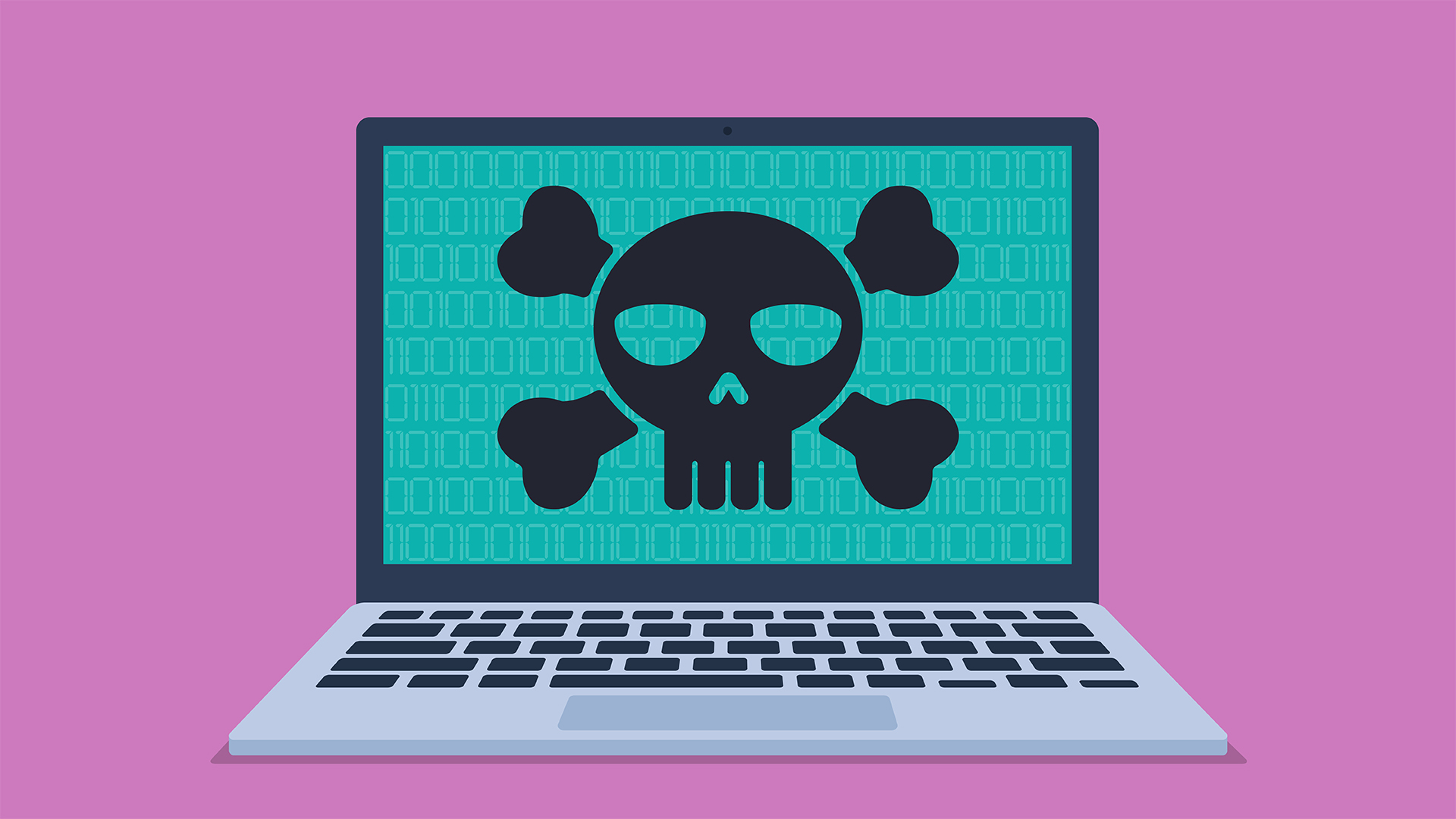Credential theft has surged 160% in 2025
AI-powered phishing and the growth of Malware as a Service means hackers are compromising more accounts than ever


Credential theft now accounts for one-in-five data breaches, with the number of compromised credentials skyrocketing.
Analysis from Check Point shows the volume of compromised credentials has surged 160% so far in 2025. The cybersecurity giant said in one month alone it reported 14,000 cases where employee credentials were exposed in data breaches.
This big increase in numbers, researchers noted, could be down to the increasing use of AI improving the sophistication of phishing attacks, along with an increasing number of stealer families.
These are making it easier for less-experienced threat actors to enter the playing field by using Malware as a Service offerings on the dark web.
The research also found that, in cases where stolen credentials originate from GitHub repositories, it takes an average of 94 days for businesses to remediate the leaked secrets by revoking them or disabling affected accounts.
"This suggests that businesses struggle to identify leaked login information quickly, giving threat actors plenty of time to take advantage of it," researchers said.
There was quite a bit of variation in the rates for different countries. Brazil and India were big outliers, with rates of 7.64% and 7.10% respectively. The rest of the top ten included Indonesia, Vietnam, Pakistan, Egypt, the US, the Philippines, Türkiye, and Argentina, all with rates of between 4.3% and 3%.
Sign up today and you will receive a free copy of our Future Focus 2025 report - the leading guidance on AI, cybersecurity and other IT challenges as per 700+ senior executives
As for the websites and domains most frequently impacted by leaked credential attacks, those owned by Discord, Microsoft - which owns live.com - and Facebook top the list. Gmail and Roblox accounts are also frequently implicated.
According to Verizon’s 2025 Data Breach Investigation Report, stolen credentials were the root cause of 22% of data breaches in 2024.
Unlike software vulnerability exploits or malware deployment, stolen credentials are a particularly easy method of attack, said Check Point.
"Once threat actors obtain the credentials for a legitimate user – which they can do by breaking into databases or launching phishing attacks, among other methods – they can simply log in as if they were that user. In turn, they can access any resources available to that user," the researchers said.
"And they can typically do so without being easily detected, since they are not bypassing security controls or disabling systems."
How to prevent credential theft
There's not much that organizations can do to completely prevent the theft of login credentials. Even anti-phishing tools and email gateways are no guarantee, researchers noted.
However, Check Point recommends tightening up password management policies, implementing multi-factor authentication (MFA), and where possible prioritizing single sign-on (SSO) over direct credential logins.
Login attempts should be limited to prevent brute-force attacks and cross-account credential stuffing, it recommends, and user access rights should be limited to the bare minimum necessary. Employees should be trained to recognize and resist phishing attempts.
Similarly, network-level protections, such as intrusion detection systems and firewalls, should be used, while access to third-party websites should be restricted.
Make sure to follow ITPro on Google News to keep tabs on all our latest news, analysis, and reviews.
MORE FROM ITPRO
Emma Woollacott is a freelance journalist writing for publications including the BBC, Private Eye, Forbes, Raconteur and specialist technology titles.
-
 Microsoft wants to replace C and C++ with Rust by 2030
Microsoft wants to replace C and C++ with Rust by 2030News Windows won’t be rewritten in Rust using AI, according to a senior Microsoft engineer, but the company still has bold plans for embracing the popular programming language
-
 Google drops $4.75bn on data center and energy firm Intersect
Google drops $4.75bn on data center and energy firm IntersectNews The investment marks the latest move from Google to boost its infrastructure sustainability credentials
-
 NHS supplier DXS International confirms cyber attack – here’s what we know so far
NHS supplier DXS International confirms cyber attack – here’s what we know so farNews The NHS supplier says front-line clinical services are unaffected
-
 LastPass hit with ICO fine after 2022 data breach exposed 1.6 million users – here’s how the incident unfolded
LastPass hit with ICO fine after 2022 data breach exposed 1.6 million users – here’s how the incident unfoldedNews The impact of the LastPass breach was felt by customers as late as December 2024
-
 Researchers claim Salt Typhoon masterminds learned their trade at Cisco Network Academy
Researchers claim Salt Typhoon masterminds learned their trade at Cisco Network AcademyNews The Salt Typhoon hacker group has targeted telecoms operators and US National Guard networks in recent years
-
 Trend Micro issues warning over rise of 'vibe crime' as cyber criminals turn to agentic AI to automate attacks
Trend Micro issues warning over rise of 'vibe crime' as cyber criminals turn to agentic AI to automate attacksNews Trend Micro is warning of a boom in 'vibe crime' - the use of agentic AI to support fully-automated cyber criminal operations and accelerate attacks.
-
 Cyber budget cuts are slowing down, but that doesn't mean there's light on the horizon for security teams
Cyber budget cuts are slowing down, but that doesn't mean there's light on the horizon for security teamsNews A new ISC2 survey indicates that both layoffs and budget cuts are on the decline
-
 NCSC issues urgent warning over growing AI prompt injection risks – here’s what you need to know
NCSC issues urgent warning over growing AI prompt injection risks – here’s what you need to knowNews Many organizations see prompt injection as just another version of SQL injection - but this is a mistake
-
 Chinese hackers are using ‘stealthy and resilient’ Brickstorm malware to target VMware servers and hide in networks for months at a time
Chinese hackers are using ‘stealthy and resilient’ Brickstorm malware to target VMware servers and hide in networks for months at a timeNews Organizations, particularly in the critical infrastructure, government services, and facilities and IT sectors, need to be wary of Brickstorm
-
 AWS CISO Amy Herzog thinks AI agents will be a ‘boon’ for cyber professionals — and teams at Amazon are already seeing huge gains
AWS CISO Amy Herzog thinks AI agents will be a ‘boon’ for cyber professionals — and teams at Amazon are already seeing huge gainsNews AWS CISO Amy Herzog thinks AI agents will be a ‘boon’ for cyber professionals, and the company has already unlocked significant benefits from the technology internally.
